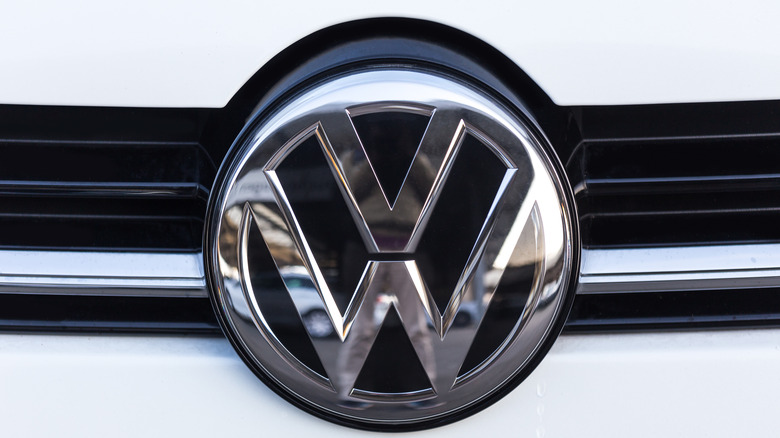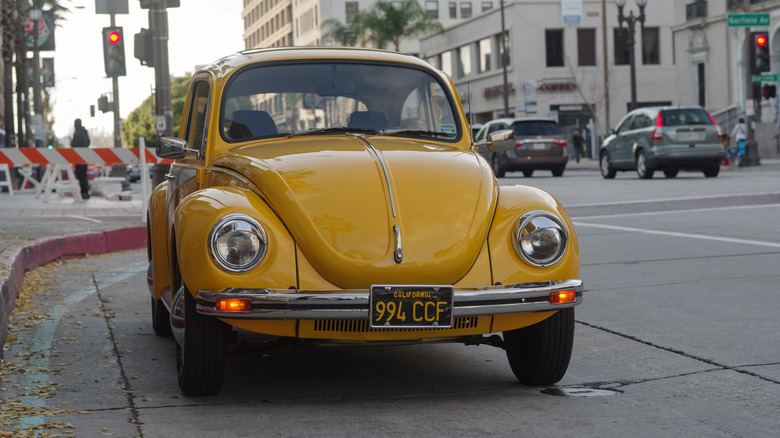Volkswagen 75th Anniversary: What Was The First VW Sold In The US?
This Superbowl Sunday, Volkswagen's big, Beetle-focused advertising spot celebrates the auto manufacturer's 75th anniversary. It's titled, "An American Love Story," and reflects on the history of the German car company's place in American culture, from the original Type 1 Beetle to the much more sleek designs of the new 2025 ID. Buzz. Set to Neil Diamond's, "I Am, I Said," the commercial starts in black-and-white as it depicts the first Beetle shipped to America, then it becomes a montage demonstrating the symbolism Volkswagen's cars took on between the 1950s and 1970s. But what was the first VW sold in the United States?
Indeed, the first Volkswagen to make its way to American shores was the Beetle, officially known as the Type 1. During the first year it was available in America, 1949, Volkswagen notes that only two of the cars were sold. But within the next two decades, the car exploded in popularity, and in 1969 it developed the Beetle nickname. To this day, Volkswagen attributes the Beetle's popularity to a 1959 run of print advertisements drummed up by a New York agency which depicted a tiny Beetle with the caption, "Think small." As one of the most recognizable vehicles ever produced, the Beetle soon became a symbol of post-war America, especially the hippie movement of the '60s and '70s. Though it was discontinued in 2019, the Beetle remains a German symbol of American roads.
The Volkswagen Type 1, aka Beetle, took America by storm
The history of the Volkswagen Beetle began as a dark one. The company was championed by Nazi leader Adolf Hitler, who wanted a "people's car" every German would drive. He even set up a leasing program for the first production of the Type 1. However, as war broke out, production shifted to military vehicles. After the Allied victory and the conclusion of the war, the car manufacturer landed in the hands of British Army officer Ivan Hirst, who thought the Type 1 had potential. Thus began the Volkswagen company as we know it. Operations eventually wound up under the control of German engineer Heinrich Nordhoff, and the Type 1 ramped up production, now known as the Beetle.
The first Beetles were given to occupying British officers in the early days of Volkswagen's post-war transition, but it soon entered the U.S. market, where it competed primarily against Ford. At the time, Business Insider notes, American cars tended toward the large and grand, with long, boat-like designs and chrome fins. The Volkswagen was well-built and could take on the long-haul rides uniquely common to the American continent.
Bill Bernbach's iconic advertisements turned the Beetle's unconventionality into a marketing coup, and sales began to climb. The car appealed especially to iconoclasts, which is how it came to be synonymous with hippies alongside another VW model, the Type 2 van. Today, American cars are trending large, with enormous trucks and SUVs dominating the marketplace. The Beetle was discontinued in 2019, but its impact remains on American culture.

